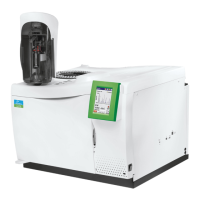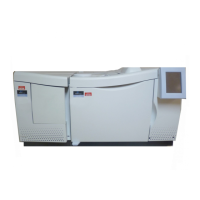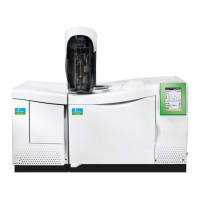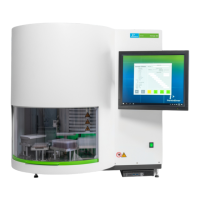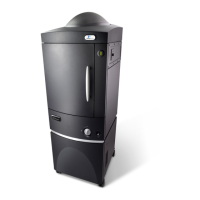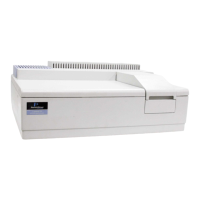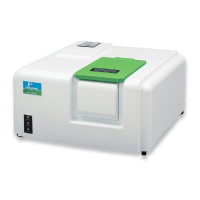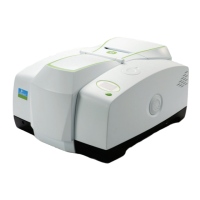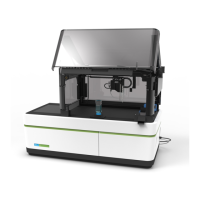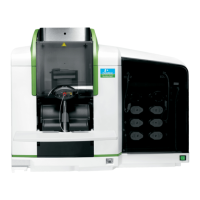Clarus 600/680 User’s Guide
4-15
You can also confirm that the flame is lit by holding a shiny object (such as a mirror
or small wrench) over the FID outlet. Condensation forms on the object if flame
ignition has occurred.
WARNING
The FID outlet is hot! To prevent injury, never place
your hand over the FID outlet.
If the Flame Goes Out During a Run
If the flame goes out during a run, the run continues until completion however the
data collected is invalid. When the Clarus GC prepares for the next run, it checks
for a flame by running the Flameout test. If the GC detects that the flame is out, it
will automatically attempt to ignite it! If you have the manual pneumatics version
you must manually ignite the flame.
NOTE: To prevent condensation from forming on the FID, always turn off the flame (both
the hydrogen and air) before cooling the detector or turning off the Clarus GC.
Using the FID in Corrosive Environments
If you are analyzing samples (such as chloroform, methylene chloride, etc.), that
produce corrosive by-products, we recommend installing the piece of vent tubing
(P/N 0250-6490) supplied in the Clarus GC Shipping Kit (P/N N610-0348) and
setting the FID temperature greater than 250° C to minimize condensation.
Corrosive by-products will attack the top of the FID collector assembly, including
the ignitor, we strongly recommend venting the FID into a vent hood.
NOTE: The flame will not ignite with this vent tubing installed. To ignite the flame, you
must first remove the vent tubing, ignite the flame, and then replace the vent tubing.
To install the vent tubing:
1. Ignite the FID flame.
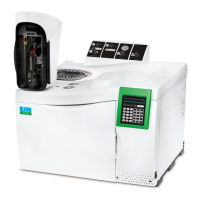
